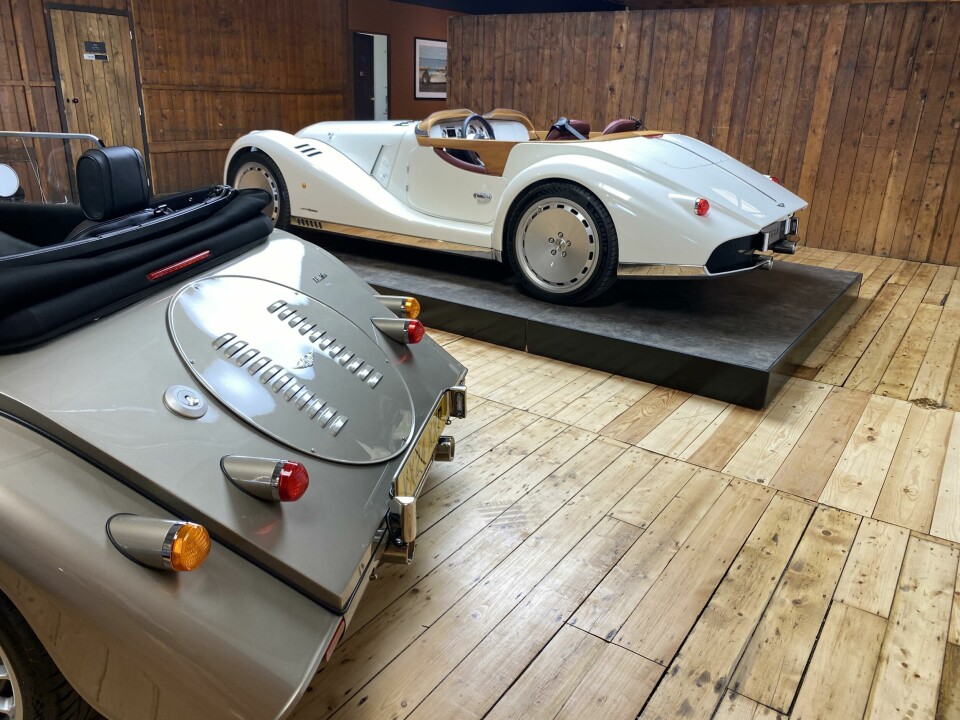
Morgan presents the art of Midsummer
The Midsummer is a superb showcase of the collaboration between Morgan and Pininfarina. It also hints at future designs for the traditional British car maker.
Every once in a while a car comes along that makes you stop and stare, taking it all in like a piece of art. A car that makes you feel something, not in how it drives, but simply how it looks. The Morgan Midsummer is just such a car.
A new Morgan is a rare thing in itself. The heritage of the Super 3 and the design of the Plus Four and Plus Six go back decades. But the barchetta-style Midsummer isn’t purely a Morgan design, because for the first time in the British marque’s 115 year history, it has collaborated with an external design house, Pininfarina.
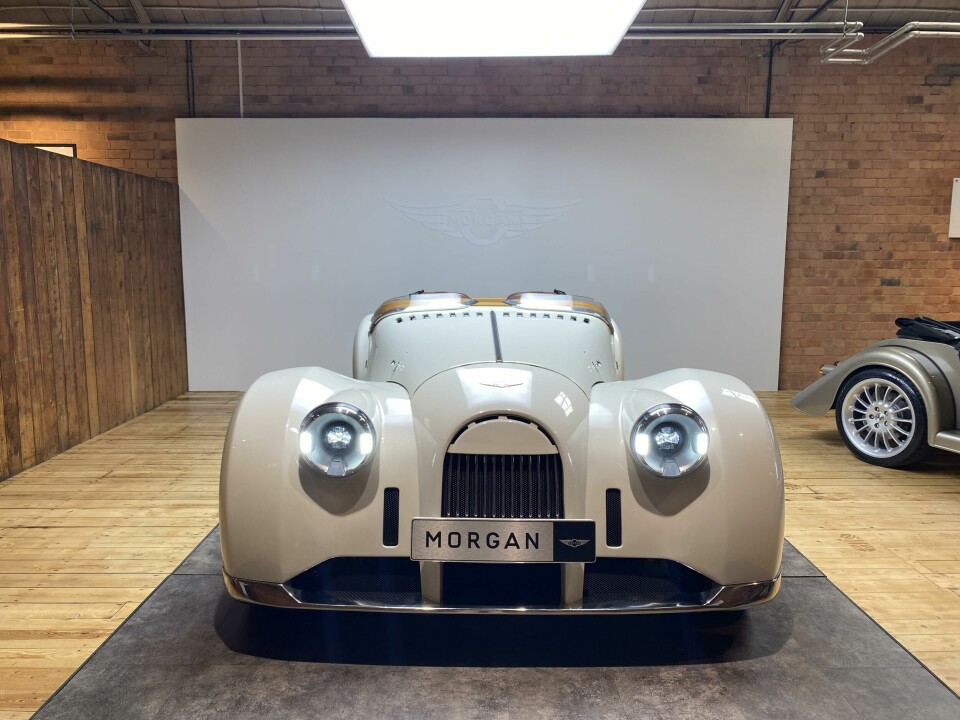
Morgan recently created a video about one of its customers, a chap called Spencer Bentley who shared his story of owning one of these hand-built creations. He spoke of how every drive is an experience, it creates memories and stories. Well the Midsummer is a car with story and thats before each of the 50 that will be built even reaches a customer.
The story starts when the Pininfarina design team were invited to visit Morgan in Malvern in the UK. Chief design officer, Jonathan Wells, told Car Design News how the assembled designers and executives went to the local pub, The Nag’s Head. The executives left and the designers got creative, fuelled perhaps by a few drinks in the throes of summer in September 2022.
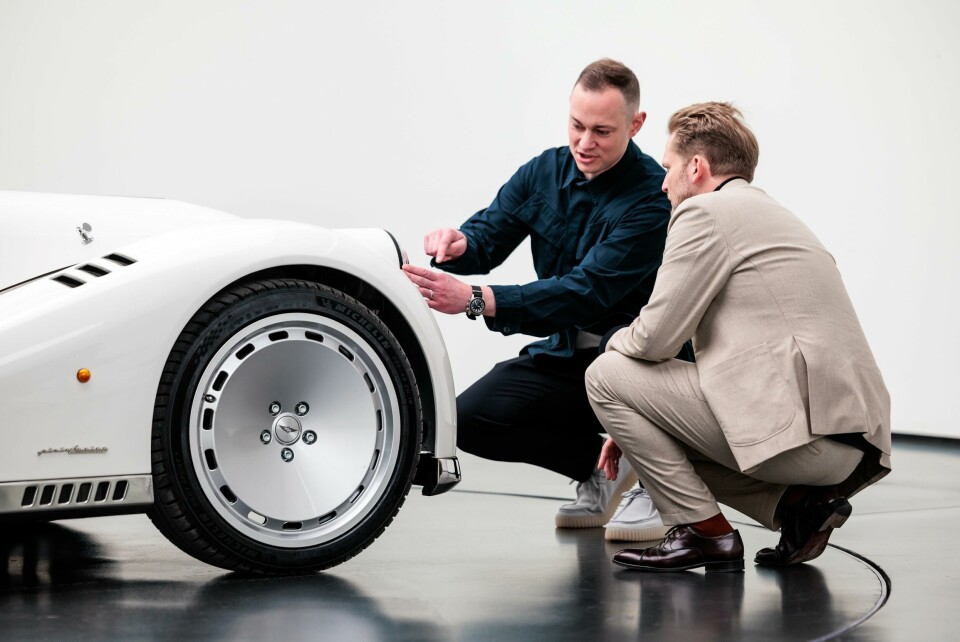
It was an evening that resulted in the Midsummer you see here. Kevin Rice was the chief creative officer at Pininfarina when the project started, but when Felix Kilbertus replaced him in April 2023 he took it over, although Fabrizio Valentini was the lead on exterior design for the Italian house and Wells headed it all up for Morgan.
“115 years of Morgan says a lot about coachbuilding, a lot about driving experience, analogue interaction, a celebration of the lightweight European open-top sports car,” says Wells. “It wasn’t a project that looked back necessarily, but it was definitely a sort of heyday celebration.”
It might not have looked back directly, but there are similarities to other Morgan models and it does sit on the same platform as the Plus Six. At the same time there is a romantic link back to styling of the 1930s and 1950s. The project also forced Pininfarina to look back on its coachbuilding heritage, something the company rarely does these days according to Kilbertus. In turn, this meant the Italian design team had to relearn some aspects, but is was very much a project that required learning on both sides, especially when it came to the digital journey.
Wells and his team are very traditional, using pens, pencils and sketching tools to create the initial designs. Pininfarina is far more advanced when it comes to technology. Once the initial sketches were complete, CAD models were created in the design studio at Morgan but then everything went to Cambiano and mixed reality took over.
It was game changing for Wells and the team. Typically they would have to create a number of clay models but this time they didn’t even make one. Instead they were able to use the mixed reality environment to adjust the surfaces, change creases to react to differing light and make quick alterations.
Seeing the car in the flesh was a shock… it was even better than what we imagined
Given how much the design team at Pininfarina work in the virtual world, you would therefore think that it was the natural environment for Kilbertus to gel with the new Morgan. Not so it seems.
“I didn’t have a feeling, like a gut feeling for the car, until very recently when we saw the first handbuilt car in person,” he says. “It was almost like a feeling of deja vu when you finally see the car, which you know, but you haven’t known, because you’ve only seen it virtually. Seeing it in the flesh for the first time was a shock, a good shock because the car was even better than what we imagined looking at it virtually.”
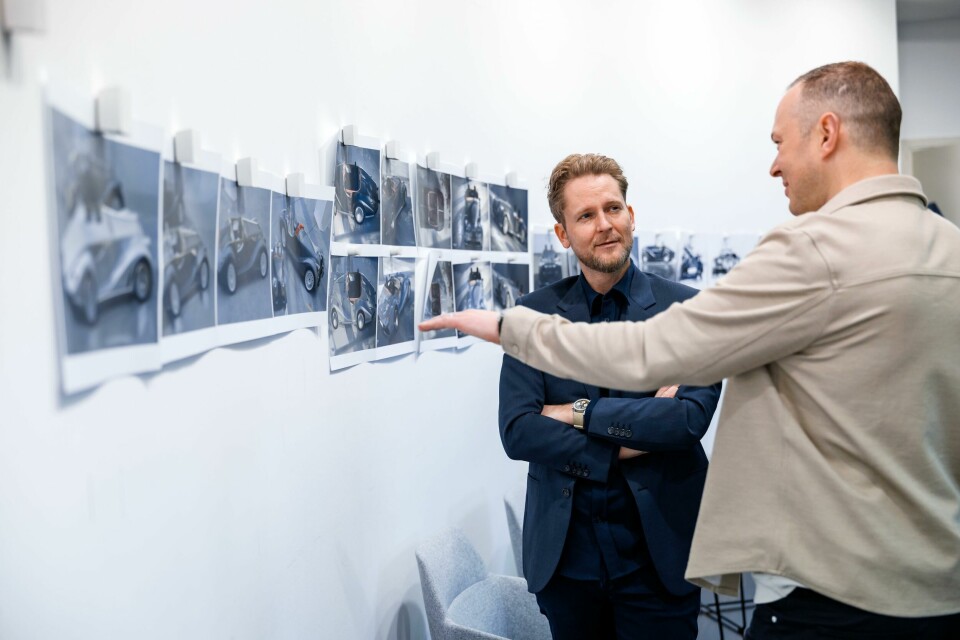
All that time in the virtual process did allow Wells and the team to draw on Pininfarina’s expertise in aerodynamics and that was game changing for Morgan.
“We’ve been able to do something we’ve wanted to do for some time, which is introduce a new styling line to Morgan and something else to build upon the future,” says Wells. “We’ve introduced a new shoulder line that’s made possible by lifting up the rear tail. The rear tail of existing models drops off quite quickly and that means that the air departs very quickly and you get quite a lot of turbulence, back pressure and lift on that back panel, which can cause a bit of drag, but it’s very important for the classic Morgan silhouette. By lifting up that rear tail, we combat that drag and and massively improve downforce.”
The new shoulder line has allowed the team to keep the drop doors and further expose the wooden frame, making it a design element within the line itself. It’s one of the favourite parts of the design for Kilbertus.
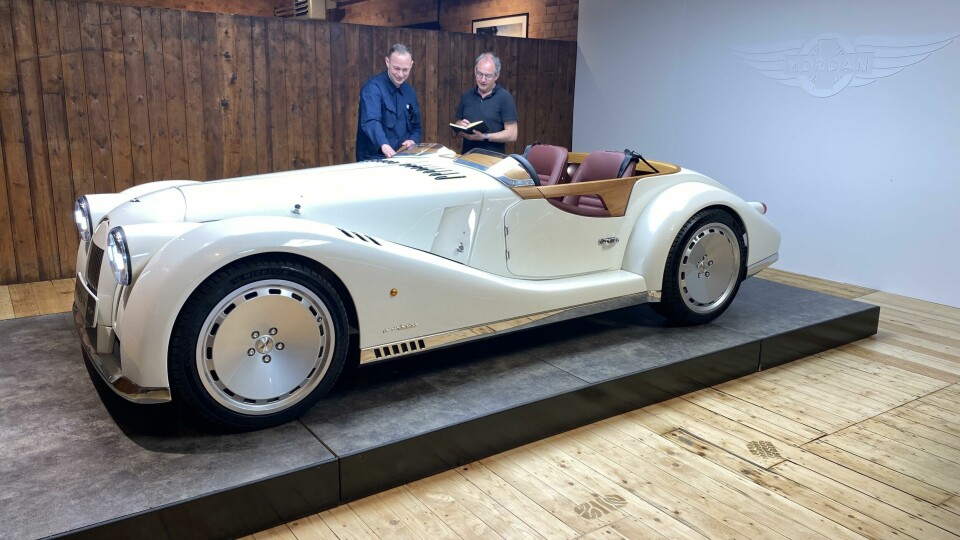
“The wooden bar does one very subtle thing beyond talking about materials and the unique construction of a Morgan, it gives the car a continuous flow from the bonnet all the way to the tail,” he says. “It’s one of the first cars where you really have that bone line and it’s very subtle, not even a wedge, just a hint of a belt line ever so slightly leaning forward. There’s a certain assertiveness that comes from that bone line that gives the car a lot of attitude.”
Wells can identify one element of design that is his favourite, but more importantly it is what Midsummer means for future designs that is exciting. “For me, it’s the overall proportion of the rear three quarter,” he says. “I think the introduction of the shoulder line gives the whole car a different character, a different elegance and I can see the future of Morgan building across these proportions so well.”
Only 50 cars will be built, with production set to get underway shortly, but even then, each car will be slightly different. There are some changes to still be made overall, including alterations to the bonnet louvres as Wells feels there are too many, but other unique elements will come from customer requests. That will include the option of a Riva motorboat style windscreen, some interesting colour choices and a whole range of tailored accessories. No doubt there will be some changes to the interior too, but the design team have already introduced some new elements.
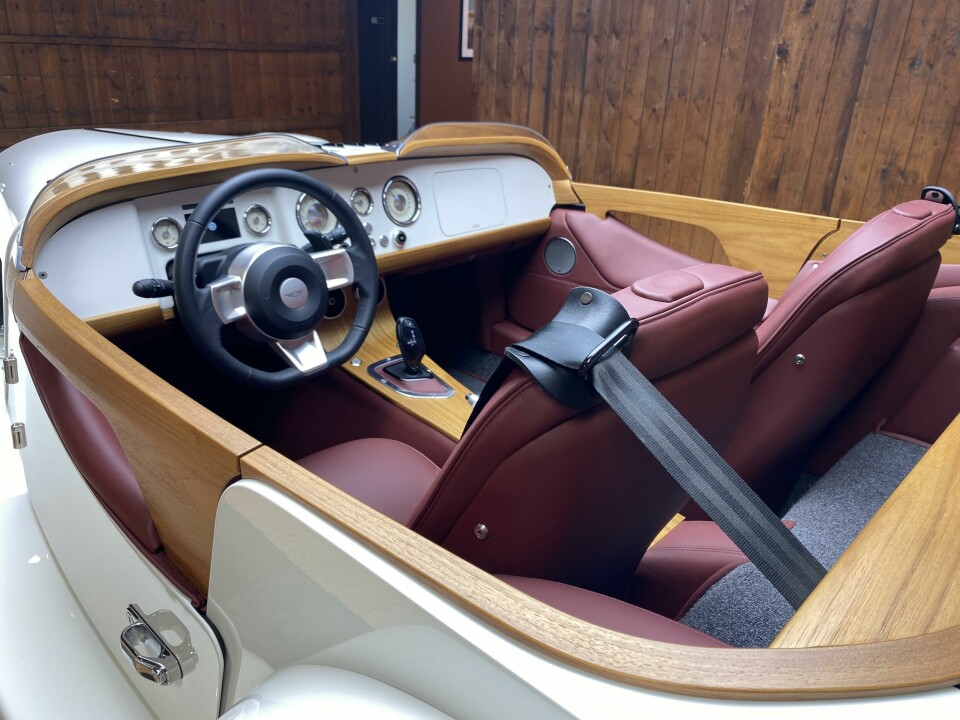
The Smiths dials are all new, with a slightly textured surface, domed lens and edge lighting. They also benefit from an entirely new font, one that Wells says has been derived from the Morgan logo to appear handwritten. It’s a jewel feature that will be introduced on future Morgan models.
Speaking of future models, how does Wells see the Midsummer influencing the portfolio going forward? Well that initial conversation in the Nag’s Head pub was within a framework of a five-year product plan and the Midsummer is the first to emerge from that. Wells says he would like to see the very traditional Morgan Plus Four remain a constant, but is keen to separate it further from the flagship Plus Six.
“Plus Six is the one that provides a real opportunity to become a testbed for broader modern developments as we look towards the future with ADAS and electrification,” he says. “All of the technologies will have an influence on body design and the Midsummer enables the Plus Six to grow”
“It will create some breadth in the portfolio and that could be anything from surface language, overall proportions, introduction of a shoulder line, even more GT capability perhaps. These are the things that you will start to see more of in the future,” Wells concludes.
That all sounds very intriguing. Over the past couple of years we have seen exciting projects like the Morgan CX-T and the new Super 3, but the Midsummer performs multiple roles. It is a wonderfully elegant two-seater roadster and a true work of automotive art. At the same time it is a keeper of secrets, ones that Wells and his team will unlock as they shape the future for one of Britain’s most traditional car brands.


















